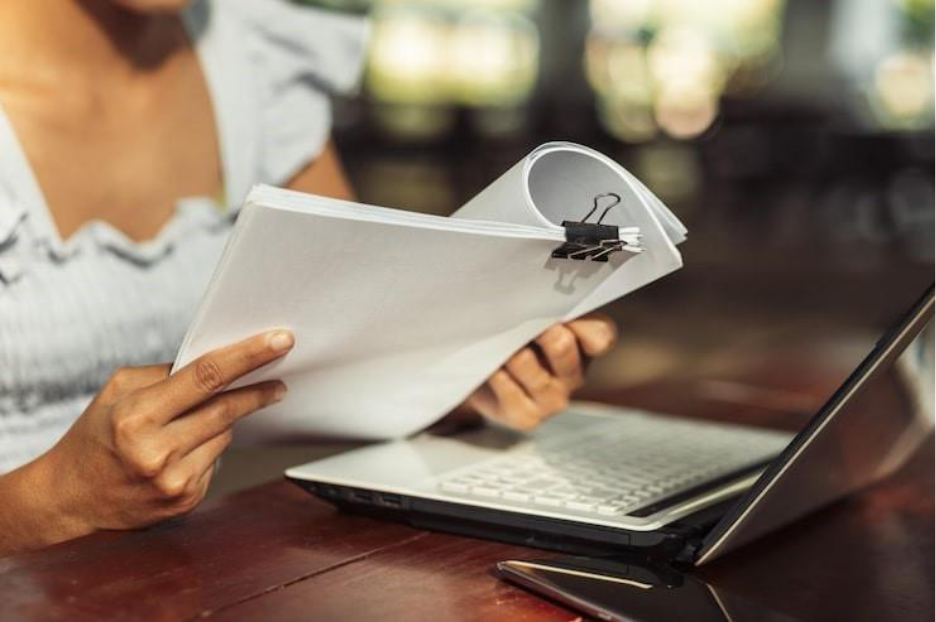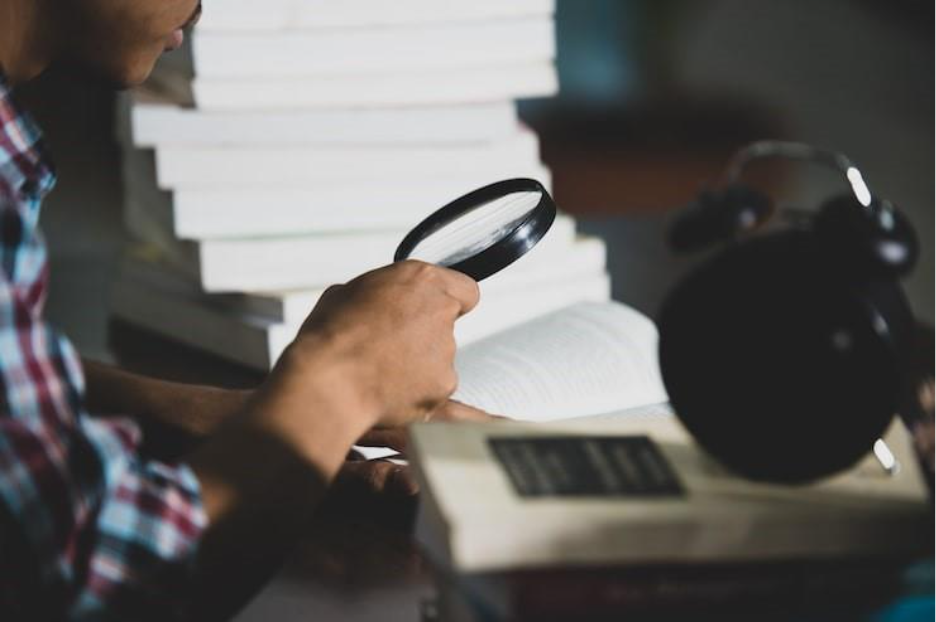
Verification of documents is more important than ever in 2025, as organizations battle rising identity fraud, stricter regulatory oversight, and expanding AML/KYC obligations. In today’s digital-first economy, verifying documents protects businesses and their clients against financial crime while ensuring compliance with Know Your Customer (KYC), Know Your Business (KYB), and Anti-Money Laundering (AML) rules. Beyond compliance, strong verification processes also build trust, strengthen risk management, and form the backbone of banking, fintech, and corporate onboarding operations.
Document verification means confirming the authenticity, accuracy, and validity of records—whether passports, utility bills, tax forms, or corporate papers. At its core, document authenticity verification ensures that a submitted document matches what it claims to be, is issued by the correct authority, and has not been tampered with.
This process can be conducted manually or digitally. Manual verification involves physical inspection, checking watermarks or templates by trained staff. Digital document verification, on the other hand, uses advanced tools such as Optical Character Recognition (OCR), AI, and biometric algorithms to provide faster and more scalable reviews.
Common examples include verifying identity documents for online banking, cross-checking corporate records during KYB onboarding, or confirming a client’s address using a utility bill.
Document verification is central to modern compliance. Institutions are required to confirm customer identities for KYC/CDD and validate business information for KYB. This ensures adherence to AML screening mandates and reduces onboarding risks.
In practice, verification prevents fraud schemes such as fake IDs, deepfakes, and forged documents, all of which have become increasingly sophisticated by 2025. Banks, for instance, rely on document checks to open new accounts, approve loans, and monitor transactions. A robust document verification process not only reduces risk and enhances customer trust but also demonstrates a commitment to regulatory compliance—vital for remaining competitive in highly regulated industries.
There are several common categories of document verification:
Each category is critical to AML/KYC workflows. Using verified documents where possible ensures both physical and online transactions remain legitimate and fraud-free.

A standard document verification process typically follows these steps:
These verification steps form the backbone of the process of verification, ensuring documents are authenticated before critical financial or business activities can proceed.
Manual verification relies on human inspection of physical copies, checking signatures, watermarks, and layouts against known templates. While useful for some cases, it is slow, resource-heavy, and subject to human error.
Digital document verification has become the global standard for efficiency and accuracy. It enables businesses to verify documents online using OCR for text extraction, AI for anomaly detection, blockchain for authenticity tracking, and biometrics for photo-to-document matching. Tools now range from document verification software and online document verification services to mobile document verification apps. Some solutions even act as a fake document checker online, instantly rejecting tampered or forged files.
For compliance-driven industries like banking and fintech, digital approaches offer scalability, instant cross-referencing, and seamless integration with global regulatory frameworks.
Organizations face an evolving threat landscape. Fraudsters now use synthetic identities, manipulated documents, and even AI-driven forgeries to bypass weak systems. At the same time, regulators push businesses to accelerate onboarding without compromising accuracy.
Balancing compliance with user experience is a constant challenge. Customers want quick account approvals, while compliance teams must maintain strict checks. Best practices include automating verification where possible, regularly updating validation rules and document templates, and maintaining transparent audit trails. Leveraging document validation software helps ensure both accuracy and efficiency while keeping pace with regulatory expectations.
Modern technology has transformed how documents are verified. OCR and AI detect subtle anomalies invisible to the human eye. Machine learning algorithms continuously improve fraud detection by learning from new threats. Blockchain ensures provenance by verifying cryptographic signatures. Biometrics confirm that the individual presenting an ID is the rightful owner.
Today’s document validation services and online document verification platforms are often integrated directly with AML screening tools, helping compliance teams unify identity verification, fraud prevention, and transaction monitoring in one system.

While many providers focus only on parts of the process, BusinessScreen.com offers a comprehensive solution for the verification of documents as part of broader AML and KYC workflows. The platform supports both manual and digital document verification, combining compliance-grade accuracy with customer-friendly onboarding.
BusinessScreen.com helps organizations:
For companies facing challenges with fraud detection, compliance pressure, or slow onboarding, BusinessScreen.com delivers a reliable, future-proof alternative.
As identity fraud becomes more complex and regulatory frameworks tighten, rigorous verification of documents is critical for every organization. From banks and fintechs to accountants and corporate service providers, adopting robust document verification processes is essential for compliance, fraud prevention, and customer trust.
With advanced technologies like AI, OCR, and blockchain, businesses now have the tools to detect forgeries and automate verification steps. And with solutions like BusinessScreen.com, organizations can ensure their compliance processes are not only secure but also scalable and customer-friendly.
What is document verification?
Document verification is the process of confirming that a document is authentic, valid, and issued by the correct authority without alteration.
How to verify documents online?
Online document verification uses tools like OCR, AI, and secure databases to quickly check IDs, bank statements, or utility bills.
What are the types of document verification?
The main types include identity verification, address verification, financial verification, and corporate verification.
What is the first step in the verification process?
The first step is document collection, usually through secure portals or apps.
How does bank document verification work?
Banks verify identity and financial documents by checking authenticity through digital software and trusted databases.
Can fake documents be detected with online tools?
Yes. Many document verification apps and online tools use AI to detect forged, tampered, or deepfake documents.
What is the difference between manual and digital document verification?
Manual verification is physical and human-led, while digital verification uses AI, OCR, and software for faster, more accurate checks.